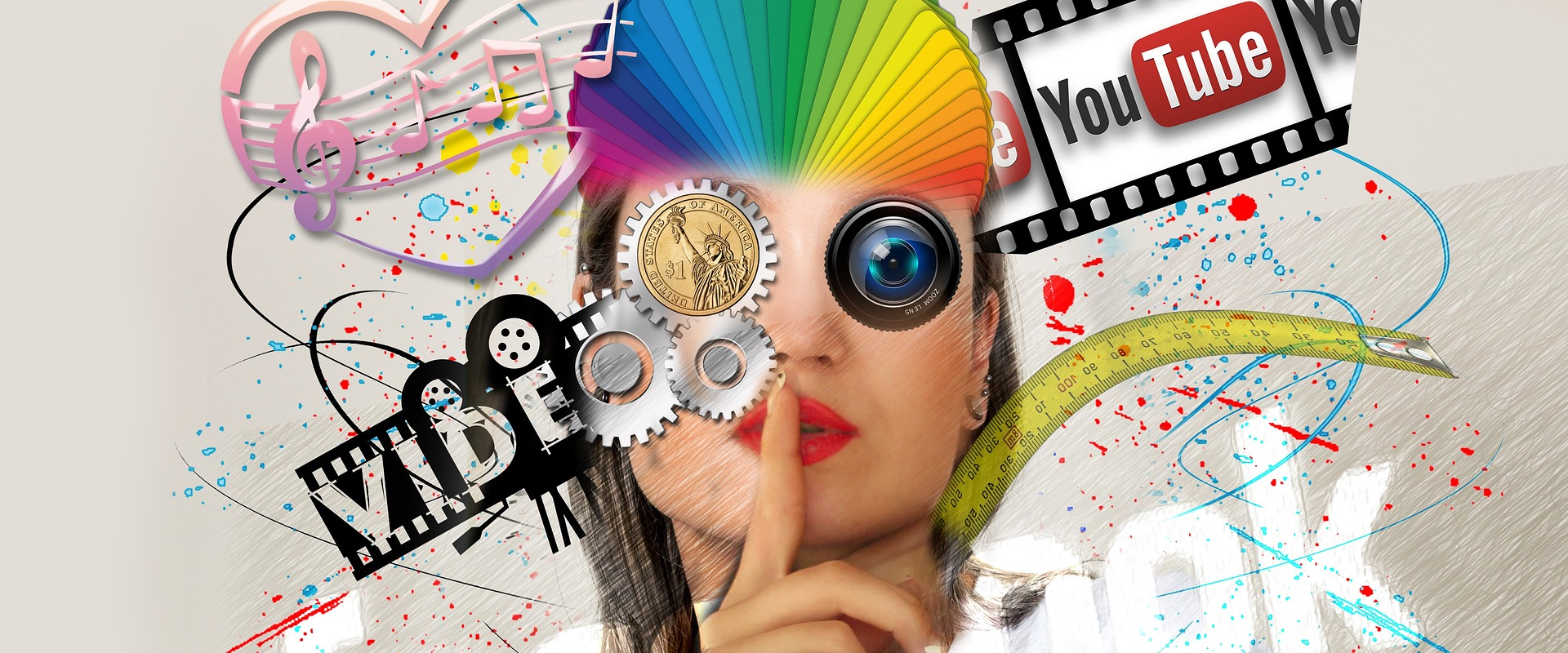The Best Guide Yet to Voiceover Usage Fees
With analogies from other industries to help understand them

VO costs: it’s often two fees in one. Photo: gustavofrazao. Licensed via iStock.com
In the UK professional voice-over world, usage fees are a longstanding, common and necessary industry standard.
Unfortunately, there isn’t much written about them, and not all of the information is entirely accurate, either.
So hopefully this Help for Hirers article will provide some sharper insight into how, why and when voice-over usage fees are used throughout the UK voice-over industry.
What are voice-over usage fees?
Although there is no dictionary definition for a voice-over usage fee, an initial description might be:
The financial and legal mechanism to compensate a performer for the use of their vocal work, often in public,
particularly where the user of the work intends to derive financial benefit.
But what is a usage fee in practice?
A usage fee is the second part of a performer’s total fee for a project, after the recording fee – which is otherwise known as the Basic Session Fee or Basic Studio Fee (BSF).
Simple shorthand for pricing such a voice-over project is therefore:
BSF + Usage
The Basic Session Fee reflects the work and time spent recording, while the usage fee reflects the use or uses of the recording afterwards.
So yes, there might be one job, one project, one recording session and one figure to pay, but within this there are two fees – to reflect the two elements.

How much usage? Just count the ways. Photo: Alexsandra Krivdic
How do you work out usage?
Voice-over usage fees relate to the number of uses that a voice-over recording can be applied to. This could be one or many. So ask yourself:
- How is the recording going to be used?
- And for how long?
Or to put it another way:
- Which types of media?
- And how many months or years?
Small usage
A small voice-over project with usage might involve a launch video shown on a start-up company’s website.
The voice-over explains what the company does, why it’s different from the competition, and why customers should buy from it. The company wants to use the voice-over (and the video) for a maximum of 12 months to promote itself.
Admittedly, it’s a small client with a limited budget, and the message has a limited reach and conversion rate.
But a voice-over usage fee still applies, because the video is being shown in public (on the internet) and there is a commercial message (it’s trying to promote itself and convert views into business).

Small audience. Small usage. Photo: Luis Quintero
Large usage
A large project might be an international TV commercial for a soft drinks brand, where a voice-over delivers a 30-second script with the brand’s slogan at the end.
The video is broadcast on traditional TV channels in multiple countries, but also on YouTube, video-on-demand services, and social media like Instagram.
There is also one main commercial and five cutdown versions. On top of this, there are three audio versions – with different scripting – that are broadcast on the radio, or streamed via services like Spotify.
With its broad usage, which is part of a multifaceted, international campaign, it’s easy to see why the voice-over usage fees for this project would be much higher.
Because the broader the usage, the bigger the audience, the more the messages, the higher the usage fees.

Large audience. Large usage. Photo: Elevate
Where do voice-over usage fees apply?
Usage fees apply to any publicly communicated voice-over message, which can include:
- Commercials (TV, radio, cinema, internet, video on demand)
- Points of sale (showrooms, shops)
- Corporate and explainer videos (websites, conferences, trade shows)
- Toys, games and video games
- Satnavs and other interactive products
- Apps
- E-learning courses (where recorded content is sold or accessed via subscriptions)
Broadly speaking
Of course, this is not a definitive and exhaustive list and each voice-over project will need to be evaluated for its uses and its appropriate usage fees.
However, more often that not usage fees will apply, so if a voice-over message is speaking broadly, then a usage fee will be necessary.

Multimedia means multi-usage. Photo: Gerard Altmann
Where don’t voice-over usage fees apply?
Voice-over usage fees don’t usually apply to:
- Non-commercial material
- Educational material
- Material with an extremely limited audience
For example, a video presentation with a voice-over that is shown once, internally, at a company meeting to half a dozen people is unlikely to attract a usage fee.
Yet the same video presentation, if made public on the company website, YouTube channel, official LinkedIn page, and at annual trade shows, would.
Elsewhere, e-learning courses that are used to train staff wouldn’t often attract usage fees and – unlike the usual voice-over fee structure of BSF + Usage – would be charged per word.
That said, some UK agents do charge voice-over usage fees for e-learning courses based on company size – and this is a reasonable approach for large workforces that depend on high quality training.
Meanwhile, e-learning courses that are sold would also attract usage fees, because of the potentially large audiences consuming the content, either through subscriptions or purchases of individual courses.
So again, voice-over usage fees may be charged more often than they’re not.

After voicing and usage comes invoicing. Image by Mohamed Hassan from Pixabay
What are some analogies for voice-over usage fees?
By now, it should be easy to understand why voice-over usage fees are an industry standard, common and necessary. However, if you still need help, here are some analogies:
The Licence Analogy
A voice-over usage fee is like a licence to drive a vehicle until the licence expires.
A voice-over usage fee is like a software licence, paid annually in order to keep using the software.
The Leasing Analogy
A voice-over usage fee is like hiring a car, or leasing a car, for a given period.
The Rental Analogy
A voice-over usage fee is like the charge to use a hotel room, or a regular payment to use a rental property.
A voice-over usage fee is like line rental for a telephone landline, broadband line, or mobile phone.
The Subscription Analogy
A voice-over usage fee is like a regular payment to see films and TV programmes, or listen to music, in your home.
The Toll Analogy
A voice-over usage fee is like a toll to cross a bridge or use a motorway.

When the penny drops. Photo: Andrea Piacquadio
No use avoiding the issue
Of course, there will always be people who claim they don’t have a budget for voice-over usage fees.
Or that they don’t want to pay to re-use something at a later date. Or that they only want to pay once (when actually, they would do exactly that).
Or that they’ve never heard of voice-over usage fees. Or that they don’t understand them.
Unfortunately, there’s not much use in these arguments (one reason being this article).
Because let’s be honest: these same people – who use, but refuse – don’t think twice about paying for any of the services listed above.
They use road tolls. They hire cars on holiday, or they lease them at home. They use a mobile phone, home phone and broadband, all of which incur line rental.
They rent a property, and make regular payments to use it for a set period. They pay to use gas and electricity – and pay for the standing charges just to be connected to the supply.
They own a computer, and pay an annual software licence to use its applications.
They watch television, so they pay a BBC licence fee, and they also have streaming subscriptions.
These are just some of the many ways that we all pay to use everyday services, which can all be used for certain periods, until the contract is over and we stop using them.
One last bit of useful advice
Voice-over usage fees (paid for under limited licences) are no different.
They are simply payments for permissions to use a voice-over artist’s vocal recordings (in public for the most part) in agreed media and over agreed periods of time.
Payment for permission to use things for fixed durations under contract is nothing new.
What is new, however, is the offer of no payment for that use.
And that’s a prospect that, you have to agree, all companies in the licensing, leasing, rental and subscription industries would be pretty vocal about, if people started challenging the way they charge for their services.
But of course, a professional voice-over artist already uses and understands this usage model – and can help spread the message.
Further reading
How To Hire A UK Voiceover Artist – Chas Rowe
About the author
Chas Rowe is a UK voice-over artist, writer, former radio journalist and newsreader, and an advocate for best practice in professional voice-over production and hiring.
He holds degrees in French and German, Film & Television Studies and Multimedia Journalism.
To hire Chas for your next voice-over project, or to discuss syndication of this article, please email: [email protected]
© Copyright Chas Rowe 2023




